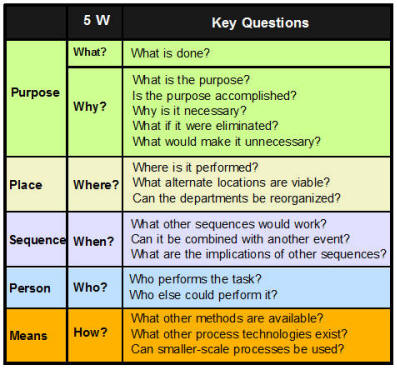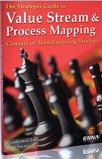Reflection Is As Important As Action
In figure 1 "Reflection" is one of the four essential elements of the Action Learning cycle.
This is where the team and its individual members review their activities and internalize their
approaches to solving the problem. Reflection consists of both individual and group exercises.
Some of the questions that are considered might be:
-
When was I most engaged?
-
When was I most distanced?
-
When was I most affirmed?
-
When was I most puzzled?
-
What was the most important thing I learned today?
-
How will I capitalize on it in the future?
Such questions may appear simplistic and, indeed, they can have simplistic responses.
However, when properly guided by an effective facilitator, these questions lend power and depth
to the group's answers.
These questions focus on individual learning. Other questions would be asked of the group and
answered by the group. Such group questions have long been used in Team Development to promote
learning of group processes.
Always Start With Questioning
At the beginning of an Action Learning project, the most important questions concern the
purpose. People embroiled in the process every day rarely ask the first three questions in the
"why" category. Yet they are often the most important. It is surprising how many times we find
that a whole series of work activities are unnecessary or how often activities simply do not
accomplish their purported purpose.
The "questioning Attitude" was formalized by Ralph Barnes in the 1930's and popularized by
Allan Mogensen in the 1940's and 1950's. It encouraged the repeated asking of questions about
every aspect of a problem situation. Figure 2 presents the more useful questions.
When the purpose is necessary, the final question in the "Why" category, "What would make it
unnecessary," is often the most intriguing. This is a question that leads backwards to root
causes that often lie outside the apparent scope of the project. It is also one of the "Lateral
Thinking" techniques promoted by Edward DeBono and can lead to breakthrough solutions.
The question categories of Place, Sequence, Person and Means apply later in the
problem-solving process.
|

Share The Knowledge
For many reasons Action Learning teams share their knowledge with the remainder of the
organization. They usually do this through group presentations. The presentations and reports
are not necessarily at the end of the project. The group may make interim presentations so that
others in the organization can follow the logic, advance their own thinking and contribute
valuable information.
Those outside the group cannot gain the full learning without the actual experience. However,
they can gain some insight. The most important result of sharing is to build enthusiasm and
support for the process within the organization and to encourage others to participate in future
sessions. This is also part of the recognition and reward structure for the group itself.
Sharing the knowledge promotes the change in corporate culture that is, probably, the most
significant benefit of Action Learning.

|





